We love living in Oregon! Our mild temperatures make it a great place to call home year-round. But somebody else also loves our temperate climate and high moisture levels: ants. Thanks to its weather patterns, Oregon is home to different kinds of ant species.
Some of the most common species in our state range from bothersome to destructive, so identifying the ants in your home properly is an important step in pest control and extermination. With a little knowledge, you can help prevent an ant colony from becoming an unwelcome houseguest.
What Are the Common Types of Ants in Oregon?
Our certified entomologist reports that the types of ants normally found in and around the Portland, Oregon, area are the following ant species:
- Odorous house ants
- Carpenter ants
- Pavement ants
- Argentine ants
- Harvester ants
- Pharaoh ants
- Thief ants
- Velvety tree ants

Odorous House Ants
The most common type of ant in Oregon is the odorous house ant. These black or brown ants travel in colonies ranging from 2,000 to 10,000 members – good luck getting that image out of your head! True to their name, these ants give off a smell similar to rotten coconut or butter, and when left to their own devices, can wreak havoc on your food supply. Odorous house ants are attracted to sweet stuff, and can quickly contaminate large amounts of food – and they can be extremely difficult to remove from your home. Not only will they break off into new colonies to ensure their survival, but they also multiply in number to defend themselves against common over-the-counter ant solutions.
Read More: How to prevent ants from entering your home.

If you are done with ants, try Bug Zapper Ant Control Service
Carpenter Ants
As their name suggests, carpenter ants tunnel through wood structures and nest inside. Measuring 3/8 to 1/2 inch long, carpenter ants are some of the largest ants you will ever see in your home. Unlike termites, carpenter ants don’t eat wood. Rather, they destroy wood structures as they make room for their colony. And speaking of colonies, they can be massive in size: the colonies of carpenter ants can number from ten thousand to fifty thousand ants, usually making their nest in moisture-damaged wood. Carpenter ants can cause major structural damage, so preventive measures are key to protecting your home.
Read More: Carpenter Ant Identification And Prevention Tips

Pavement Ants
Pavement ants live outside and often make their homes by tunneling through soil in the cracks of sidewalks and driveways. These ants are dark in color and can measure between 2.5 and 3.0 millimeters long. Pavement ants are one of the most common home-invading ant species in Oregon. If left untreated, large colonies will split into multiple groups, causing real problems.
If your home has an infestation of pavement ants, it’s definitely time to call in the experts. For eradication to work, the treatment needs to reach the queen ant. Otherwise, more worker ants will be produced, and the ant nests will continue to thrive and wreak havoc on your home.
Argentine Ants
These dark-brown ants are among the different types of ants you may discover at home. They measure 1/4 inch in length and produce a stale, musty odor when crushed. Argentine ants are especially difficult to control because they, like odorous house ants, have many queens spread across an area. This means Argentine ants often create one large supercolony (yikes!) connected by tunnels. Finding and destroying all the ant nests can be difficult and requires professional help.

Harvester Ants
Harvester ants are often mistaken for fire ants because they are also red and can cause painful bites and stings. And while these ants certainly aren’t fire ants, they can cause real damage to your home. These ants collect seeds as their main food source, and they’re infamous for removing all the vegetation surrounding their nests. This can cause large bare spots in your lawn or landscaping.
Harvester ants are known to sting when their nest is disturbed, and these stings can be serious and may require medical attention. So if you see a mound of harvester ants in or around your home, it’s best to leave the extermination up to the experts.

Pharaoh Ants
Pharaoh ants are small, typically about 1/16 inch in length, and range in color from light yellow to reddish brown. These ants typically take up residence in difficult-to-reach places, making them hard to remove. Once in your home, pharaoh ants will attempt to eat household food and can also damage silk, rayon, and rubber goods.
Unfortunately, over-the-counter solutions like Raid or Home Defense are unlikely to solve a pharaoh ant infestation. These ants are extremely sensitive to liquid and aerosol products and are best removed with baiting techniques and other professional services.
Thief Ants
This species of ants is one of the smallest in Oregon. Measuring about 1/32 to 1/16 of an inch long, these tiny insects can easily slip through small cracks to make nests inside your home. These thief ants are aptly named because they tend to nest in or near another ant colony and then steal broods and eggs for their own benefit.
While thief ant colonies tend to be smaller than other colonies on this list, each colony can have several queens, making extermination challenging. Because of their tiny nature and multiple queens, thief ants can establish colonies just about anywhere and can be difficult to detect.

Velvety Tree Ants
Velvety tree ants typically reside—you guessed it—in or on trees, but if conditions are right, they’ll happily move into your home. Once they make it indoors, these ants will likely nest in wet or rotting wood or in moist areas around windows, showers, and leaky pipes.
Encountering velvety tree ants on your property, even outdoors, is cause to call pest control. These ants are known to be aggressive and will bite if they perceive a threat. What’s more, is that their bite is often accompanied by a painful secretion that can cause the wound to sting. When it comes to velvety tree ants, it’s best to leave them to the experts.
Termites vs Ants
You may be wondering if you have termites or ants. Termites are no laughing matter and can do serious damage to your home. Knowing how to distinguish ants from termites can help you determine if your new roommates are here to eat your house out from under your feet or just trying to get into your sugar stash.
How To Identify Ants And Termites
Wondering if you’re seeing carpenter ants, thief ants, pavement ants, or termites? First off, you’ll need to find an unsquashed specimen that can be carefully observed. Termites generally prefer to hide, so obtaining a sample may require some real searching. And before you panic, take a closer look at the insect at hand. It’s not hard to distinguish ants from termites, although a magnifying glass makes this task much easier!
4 Ways to identify ants from termites

- Antennae: While both termites and ants have antennae, their structures differ greatly. An ant will have elbowed antennae, while a termite’s antennae will not be elbowed or bent.
- Wings: Ants and termites both have two pairs of wings. However, an ant’s wings will be of unequal length, and a termite’s wings will be the same length.
- Eyes: This is an easy one! Ants have eyes while termites don’t.
- Waist: Ants have noticeably thinner waists than termites, who generally have thick waists.
While it may make you feel better to know if you’ve got ants or termites in your home, in the end, you’re still dealing with an unwanted guest. For your peace of mind, Bug Zapper offers residential carpenter ant control services. If you have an infestation of carpenter or other ants in your home, contact us today! Our specialists can help you find the best solution to protect your home.
Ant Prevention Tips
Thankfully, there are some key steps you can take to prevent odorous ants from entering your home, including these:
- Caulk around your home’s exterior. You should caulk around window frames, door frames, and plumbing penetrations that enter your home’s exterior.
- Install a border. Installing a 24-inch border of river pebbles around your home’s foundation can add another barrier of protection around your home. Additionally, you should remove any bark mulch touching your foundation.
- Trim contact vegetation. Plants and trees act as a stairway for ants seeking to enter your home. Trim plants and tree branches so they do not touch your siding or roof.
- Remove food sources. Even the tiniest crumbs of food can provide a meal for ants. Mop your floors, wipe down counters, and store food in tightly sealed containers.
Pay attention to pet dishes. Store your pet’s food in sealed containers, and clean up any leftover food that may have spilled from your pet’s dish.
When to Call the Ant-Control Experts
Prevention can be a good step to combat an ant infestation, but once ants have invaded your home, they’re not leaving on their own. And sometimes, home remedies like cinnamon, borax, and Terro even seem to worsen the infestation. Thankfully, odorous house ants are not invincible. Calling a pest control professional for integrated pest management may be necessary for you to get rid of the common types of ants, their colonies, and their queen.
Using advanced training and professional products, Bug Zapper can treat your home to remove odorous house ants and other types of ants, 100% guaranteed. After the initial treatment, we offer affordable regular pest control to make sure odorous house ants never return to your home. Contact us today to learn more about our ant removal services.
Oregon’s Top Pest Control Service
An ant infestation can turn into a major problem. Thankfully, your local pest control service is here to help. At Bug Zapper, we take a personalized approach to pest control, especially when it comes to dealing with different types of ants. Our premium products, responsible application methods, transparency, and expertise come together to solve your issues quickly and efficiently. Call us now to learn more about our pest management services.

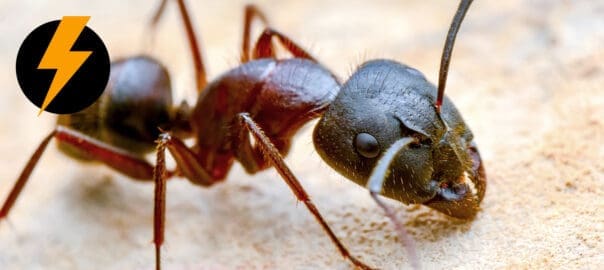

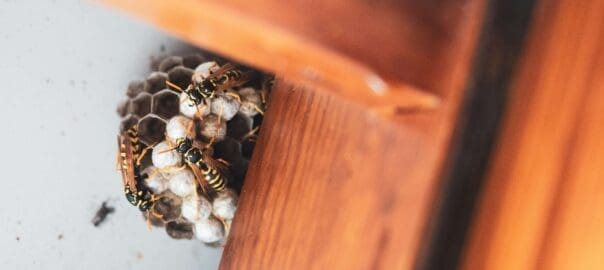 Hiring a Pro vs. DIY Pest Control – Which is Best
Hiring a Pro vs. DIY Pest Control – Which is Best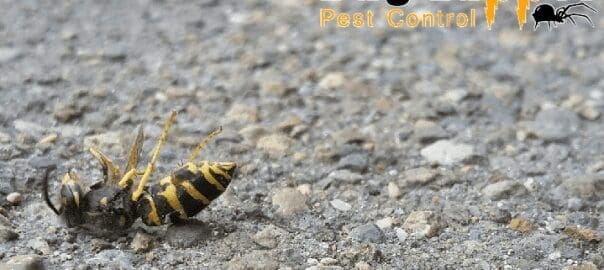 Wasp Nearly Got Me-Look Out This Week!
Wasp Nearly Got Me-Look Out This Week!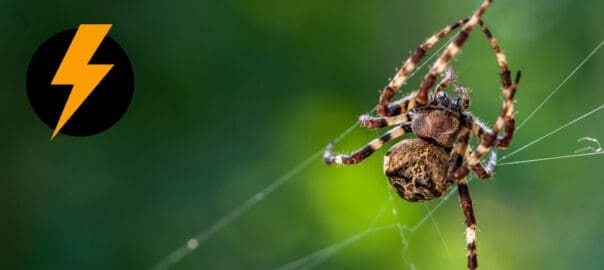 What Attracts Spiders?
What Attracts Spiders?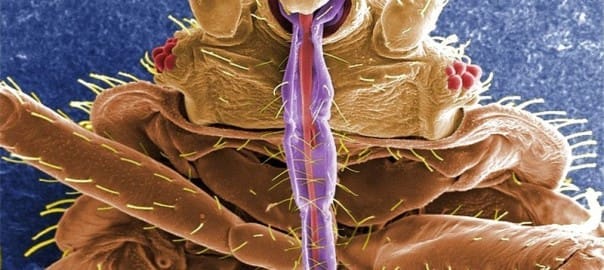 What Do Bed Bugs Look Like?
What Do Bed Bugs Look Like?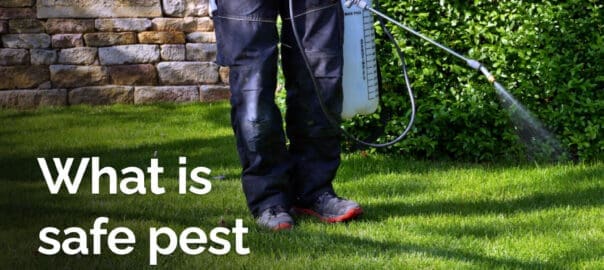 What is Pet Safe Pest Control?
What is Pet Safe Pest Control?